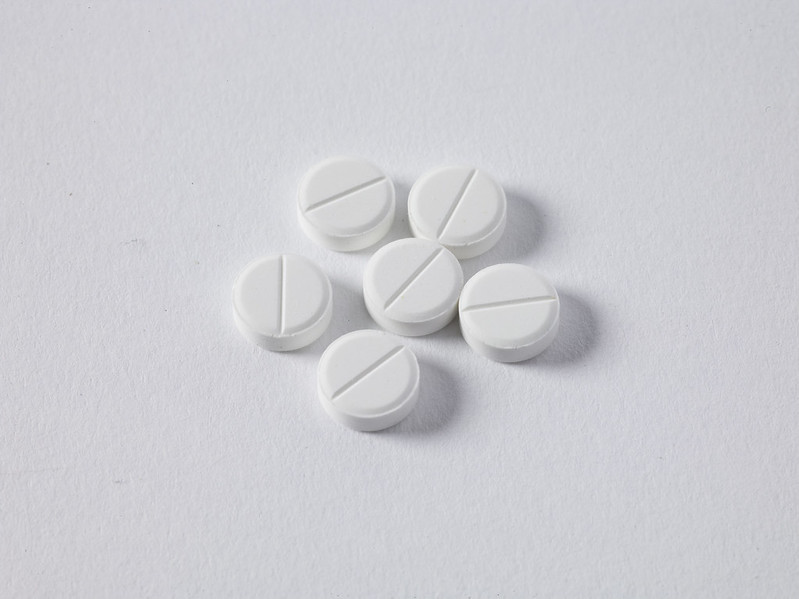
The Trump administration announced its final rule allowing the importation of prescription medicines from Canada. This rule will allow states and other non-federal government entities to submit plans for drug importation programs to the Food and Drug Administration.
While advocates claim that prescription drug importation is safe and would lower drug costs, nothing could be further from the truth. Importing Canadian medicine would open the American drug supply chain up to counterfeit, unsafe, unvetted medicine – including pills laced with deadly chemicals.
Here are five facts that importation advocates don’t want you to know about how foreign drugs would impact the U.S. drug supply chain.
1. Canada does not have the scale to successfully import drugs to the U.S. in any meaningful way.
Canada is one-tenth of the U.S. with a population of 37.5 million and an economy of $1.7 trillion. By comparison, the U.S. has a population of 327 million and an economy of $20.5 trillion.
Canada represents just 2 percent of the world’s pharmaceutical consumption while the U.S. makes up almost 45 percent.
In fact, this proposal may destabilize the Canadian supply chain, a concern raised publicly by Canadian officials. If 40 percent of Canada’s existing prescriptions are diverted into America, Canadian supply would run out in just 118 days – or 16 weeks.
Ultimately, the Canadian government is responsible for ensuring its citizens have access to medicine before other countries. In this scenario, Canadian officials would naturally be incentivized to reduce the supply of imported drugs to keep their prices low and avoid shortages.
2. Many innovative medicines that are available to U.S. consumers could not be imported because they are not available in the Canadian market.
Of the 290 new medical substances that were launched across the world between 2011 and 2018, the U.S. had access to 90 percent of these cures, far exceeding other markets. Canada has access to just 44 percent of cures, but it is far from an outlier. The United Kingdom had 60 percent of medicines, Japan had 50 percent, and Ireland had just 40 percent.
3. It is unclear whether there will be any savings from importation.
The non-partisan Congressional Budget Office (CBO) has previously estimated that importing drugs from Canada would have a “negligible reduction in drug spending.”
Many high cost drugs are excluded from the importation plan, further undercutting the potential to deliver savings. According to the American Action Forum, 42 of the top 50 Medicare Part B drugs by total spend and 31 of the top 50 Medicare Part D drugs by total spend would not be eligible for importation under the proposed plan. Furthermore, the program requires extensive regulatory review before products can hit the market, as noted by HHS:
“Eligible prescription drugs would have to be relabeled with the required U.S. labeling prior to importation and undergo testing for authenticity, degradation, and to ensure that the drugs meet established specifications and standards. Notably, these programs would also have to demonstrate significant cost reductions to the American consumer.”
Finally, former FDA Commissioner Scott Gottleib noted the futility of a previous importation scheme, saying: “That scheme would have added so much cost to the imported drugs; they wouldn’t be much cheaper than drugs sold inside our closed American system.”
4. There are also long-standing concerns that importation will flood the U.S. market with unsafe, unvetted drugs.
Every single FDA Commissioner and HHS Secretary over the past two decades have raised concerns about importation and declined to vouch for its safety.
Current HHS Secretary Alex Azar is no exception –– in 2018, he called the proposal a “gimmick” and described it as “open borders for unsafe drugs in search of savings that can’t be safely achieved.”
Current FDA Commissioner Stephen Hahn has also stated: “Consumers and physicians purchasing medicines cannot be assured the products they are receiving are legitimate, safe or effective if they are obtained from outside of the FDA-regulated pharmaceutical supply chain.”
Additionally, four former FDA commissioners from the Obama and Bush Administrations wrote a letter to members of Congress expressing numerous problems with importation, chief among them that importation “…could lead to a host of unintended consequences and undesirable effects, including serious harm stemming from the use of adulterated, substandard, or counterfeit drugs”
There also is no way for the FDA to properly verify that imported drugs are safe. Canada allows drugs to be imported from anywhere – including third world countries – into Canada and then into the United States, raising serious doubts about the safety of these drugs.
Drug importation could even create a cottage industry for drug traffickers looking to lace counterfeit medicine with deadly compounds. The Drug Enforcement Agency has testified that the black market for counterfeit prescription drugs is “…considerable in size, which significantly increases the risk that fentanyl or fentanyl derivative-laced counterfeit pills will cause more overdoses across the nation as they are more readily produced by drug trafficking organizations.”
5. Importation should not be conflated with free and fair trade.
Free trade means a level playing field where prices are set by the market with no tariffs, barriers, or price controls. Drug importation is the exact opposite because foreign countries commonly utilize a range of arbitrary and market-distorting policies to determine the cost of medicines. These approaches are clear price controls and importation adopts them.
While proposals to lower drug costs deserve consideration, it is unclear the extent to which this proposal will reduce costs given the number of drugs excluded from the proposal and the extensive regulatory review process.
Importation should be not considered a free trade proposal – rather, it should be viewed as a proposal to import market distorting price controls into the U.S.

